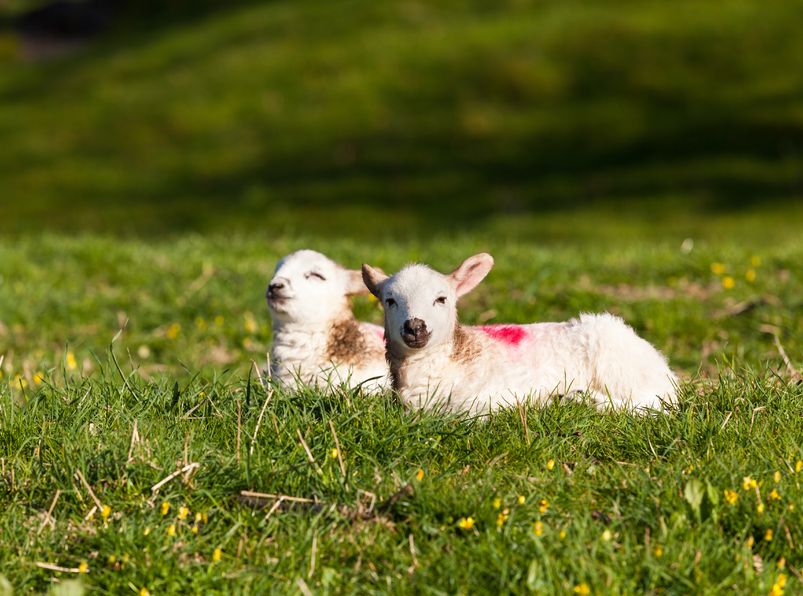
The cold and wet weather in early spring has reduced the nematodirus threat to 2024-born lambs, animal health experts say.
Due to the weather, the hatch of nematodirus eggs has been very gradual, the Sustainable Control of Parasites in Sheep (SCOPS) group explains.
Many lambs have been able to build up natural immunity to nematodirosis without needing to be treated.
Anecdotal reports made to SCOPS suggest fewer lambs have been treated for nematodirus this spring, which means producers have been able to save time and money, and also preserve the efficacy of white wormers.
White wormers (group 1-BZ) are still largely effective against the nematodirus parasite, despite there being widespread resistance to these products in other worm species.
Continued use of white wormers will reduce this efficacy over time, but reducing exposure will delay this for as long as possible, explains Moredun scientist Dr Dave Bartley, who speaks on behalf of SCOPS.
However, Rudolf Reichel of APHA, another expert at SCOPS, says the nematodirus risk isn’t quite over for 2024.
He urges farmers with later-born lambs in upland and northern areas of the UK to keep an eye on the SCOPS Nematodirus Forecast.
“If the spot closest to you on the forecast map is only just turning red (high risk) or black (very high risk) then you need to be aware of the risk to younger lambs," he explains.
"If your spot is orange (moderate risk) or yellow (low risk) and you’re not sure if on its ways towards turning red/black or on its way back from having already been red/black, use the ‘Historic Data’ tab on the website to check.”
For Rebecca Mearns, of Biobest, it’s a busy time in terms of returning faecal egg count (FEC) test results to farmers, vets and advisers.
She is aware that some of these are showing nematodirus eggs and is keen to emphasis this does not indicate a need to treat lambs.
“Regular FECs are an invaluable tool for sheep farmers but, at this time of year, seeing nematodirus on the results sheet can be confusing," Ms Mearns says.
"Because of the different lifecycle of this worm, by the time we’re detecting nematodirus eggs in FECs it’s too late, as disease in lambs is caused by the immature larvae stages, so before eggs are detectable.
"That’s why the forecast is so important. Depending on individual circumstances, where there in eggs in dung samples, lambs may have already succumbed to disease or may be beyond the risk period and will have picked up natural immunity.
“But that doesn’t mean you should completely ignore the information, as it is really useful to understand the number of nematodirus eggs that are likely to overwinter later this year and pose a threat to lambs born in 2025."
SCOPS' online Nematodirus Forecast is a free resource for the UK sheep sector.
